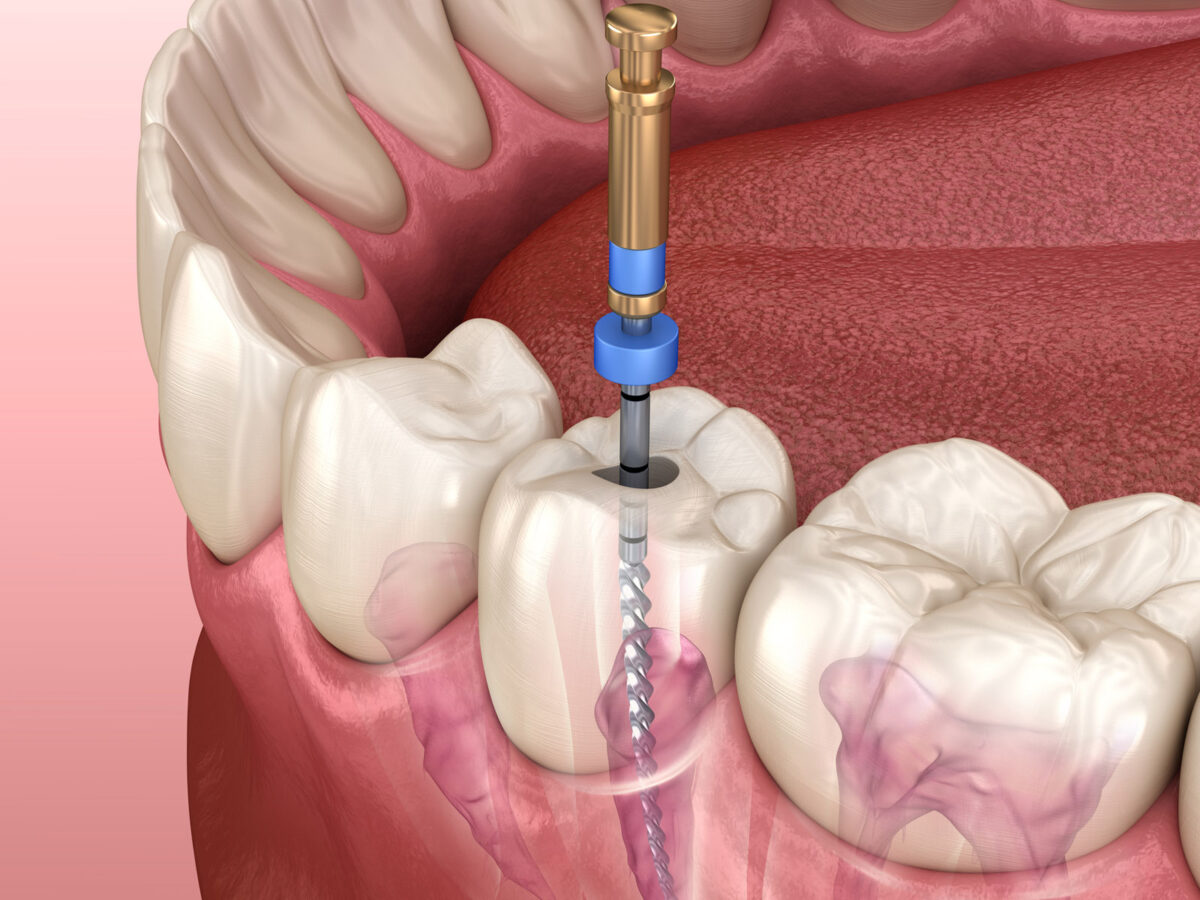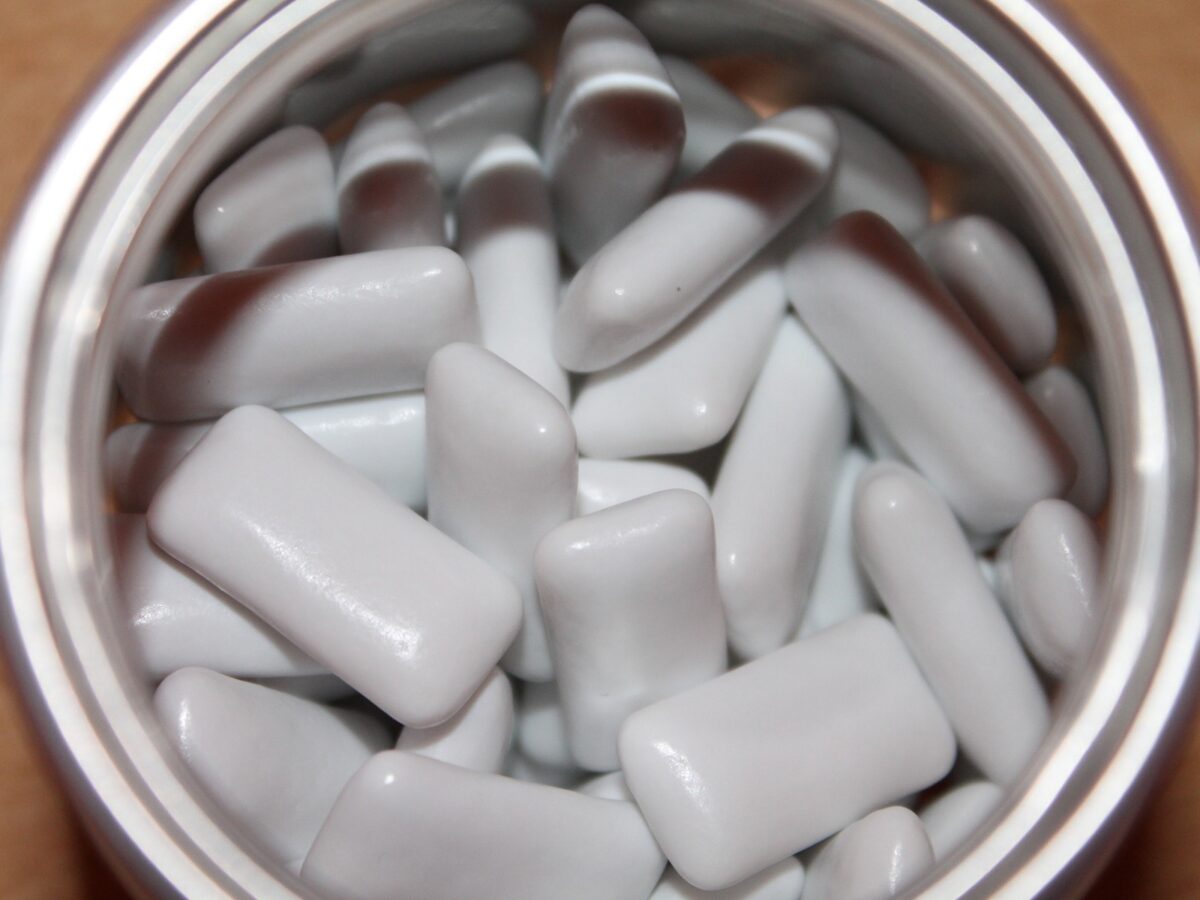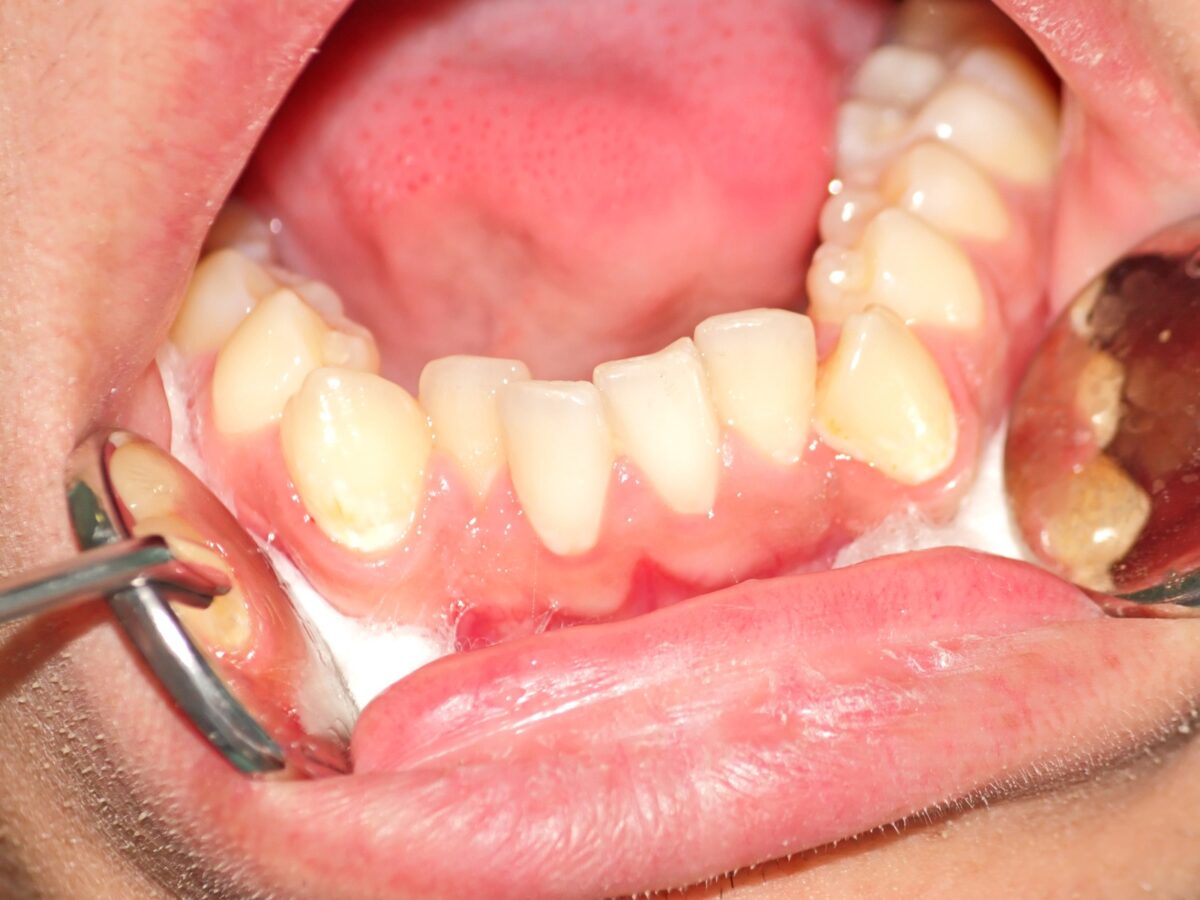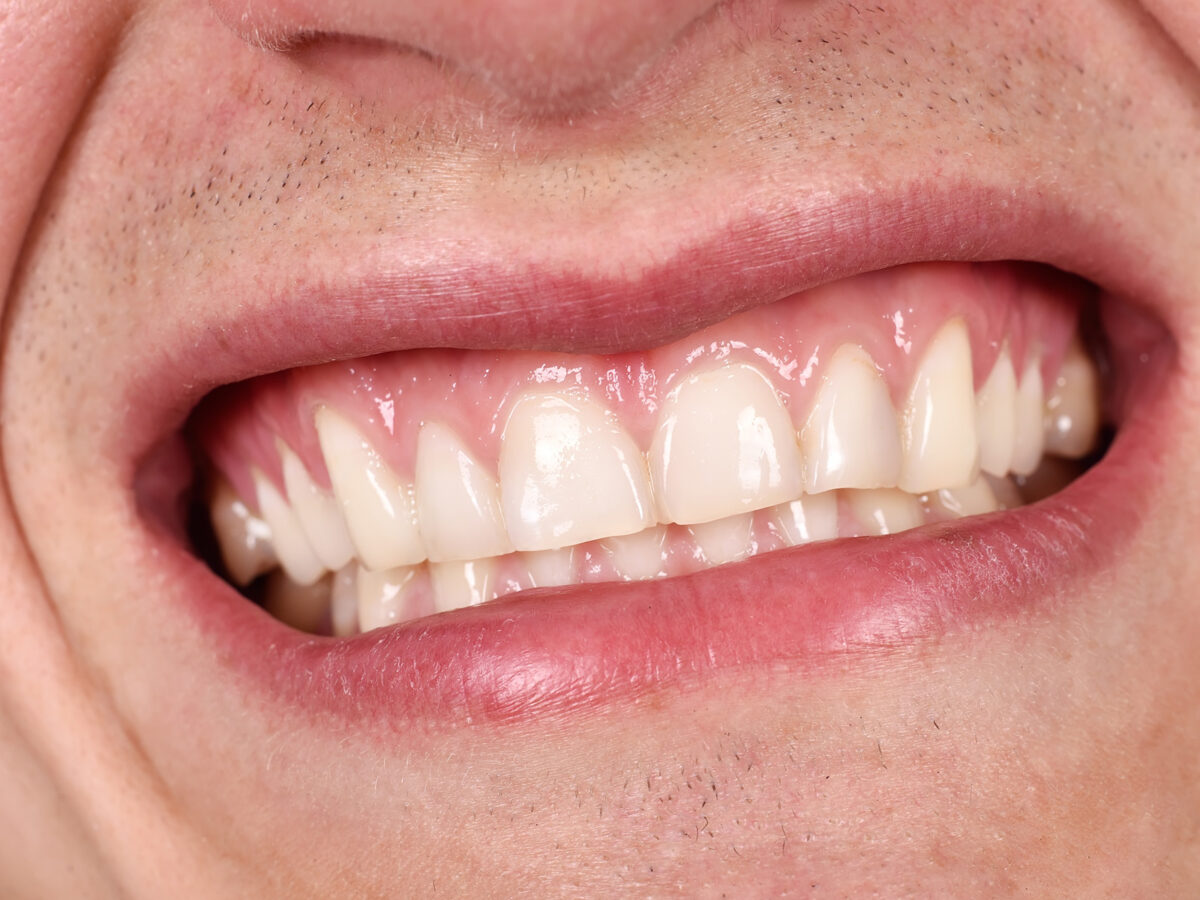We can define a root canal as a dental treatment that entails removing the soft center of the tooth, also known as a pulp. The pulp of the teeth comprises connective tissue and blood vessels that foster the growth of the teeth. A root canal treatment is needed when a tooth’s pulp is inflamed, infected, or compromised in one way or another. Some typical damage-inducing factors to the pulp are:
- Deep dental decay is caused by an untreated cavity.
- A chip or crack on the tooth.
- Multiple products were done on the same tooth over some time.
- An injury to the tooth that seeps into the pulp.
A root canal is a painful procedure. Depending on the person, the process can be mildly painful or excruciatingly painful. Therefore, many people are always on the lookout for alternatives to root canal treatment. In case you are one of them, then continue reading ahead.
Top 4 Root Canal Alternatives Treatment
- Direct Pulp Capping: It is a dental treatment that can be utilized among people suffering from severe damage or decay exposing the pulp. The process involves placing some inert substances directly above the exposed pulp to produce a mineral barrier, which protects the exposed pulp and promotes tissue repair. Some of the common substances used in Direct Pulp Capping in Victoria TX are calcium hydroxide and mineral trioxide aggregate (MTA).
- Indirect Pulp Capping: This is a procedure that protects a decayed or damaged tooth that does not have any exposed pulp. The dentist treats the cavities and protects the dentin by using a protective lining. Moreover, the dentist may also remove decayed dentin and leave the decay that is near the pulp.
- Pulpotomy: It is a procedure wherein the pulp of a tooth is removed. It is done when the pulp has been exposed and overly compromised. The main difference between a root canal treatment and Pulpotomy is that the root canals and the tooth nerves are preserved in the latter. The infected pulp is removed during a Pulpotomy, and inert material is added inside the tooth to facilitate faster healing and prevent bacterial infection. After that, the tooth’s inside is filled, and a crown is placed on top to restore and protect it from damage. Pulpotomy is commonly done on children, and it is performed on adults as a temporary substitute for a root canal.
- Extraction: A dentist recommends extraction in cases of severe damage to the teeth or irreversible tooth decay impacts. Mostly, extractions are done when the root canal seems ineffective. Some extractions are simple, and we can do them at a dentist’s office. In contrast, others need to be overlooked by an oral surgeon. After a tooth is removed by extraction, some ways to deal with the space include dental implants, dental bridges, and partial dentures.
A root canal may be painful and seem intimidating, but it is a crucial procedure necessary for the long-term health of your teeth and gums. But, you can also go for the alternatives mentioned above if there is scope.
Book your appointment now and get your dental issues resolved!
While the options for root canal alternatives—such as direct and indirect pulp capping, pulpotomy, and tooth extraction—provide viable solutions, each is best suited to specific conditions based on the extent of tooth damage and pulp exposure. Here’s a closer look at when these treatments might be ideal, along with tips for deciding on the best approach for long-term oral health.
Choosing the Right Alternative
Consulting a qualified dental professional is essential to evaluate your tooth’s unique needs. Direct and indirect Pulp Capping Victoria, TX may be recommended when the decay or damage isn’t severe enough to expose or compromise the entire pulp. These treatments can effectively preserve the tooth structure, allowing it to heal and function as normal without requiring a full root canal. Similarly, a pulpotomy offers a less invasive option, especially useful for children and as a temporary solution in adults.
Final Thoughts
Considering your treatment options, including pulp capping and other root canal alternatives available in Victoria, TX, can provide clarity on the right choice for your dental health. If you’re weighing your options, book a consultation today to find the approach that best preserves your smile for the long term.






